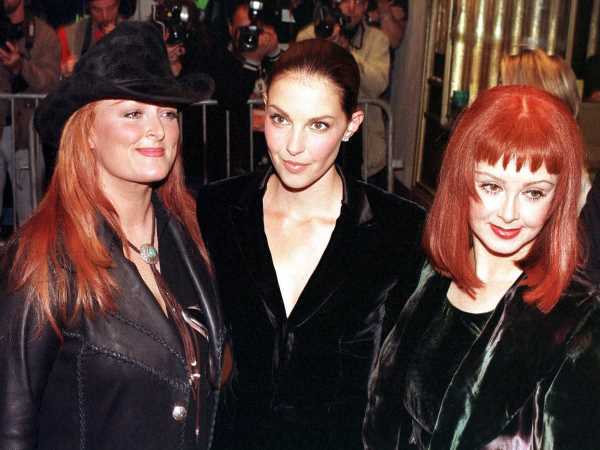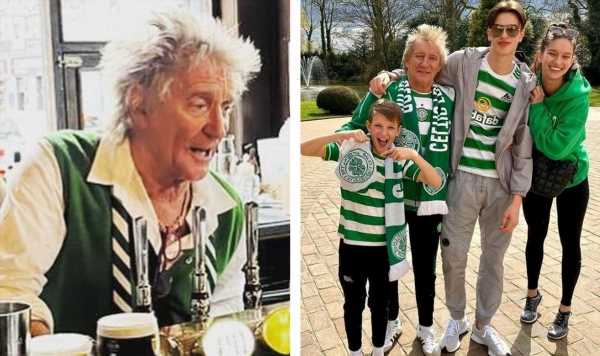Since Colin Rosenblum and Samir Chaudry first met in 2012, they built (and sold) a lacrosse-focused digital network, launched podcasts and YouTube shows, and even tried their hand at consulting and filmmaking. But a couple years ago, they found that talking with other creators — about how they got into the industry, how they (try to) make a living from it, what drives them to continue creating — was the most interesting part of their work. So these days, they host a self-titled YouTube talk show, interviewing fellow creators on all those topics and more. “We wanted to create a show that provided a sense of community for creators, a place to learn about what it’s like to grow a career and to feel less alone,” says Chaudry. Adds Rosenblum: “We feel like being a creator is one of the most sought-after careers, and also one of the least understood. Our goal is to shine some light on how different people are actually pursuing this career.” We talked with the duo about the pressures, pitfalls, and promise of making a living as a creator.
Who are some of your favorite creators right now?
Chaudry: One of my favorite interviews that we’ve done is Tai Verdes, a musician [and] pop star. He was working in a Verizon store, and because it was during the pandemic, there weren’t very many people coming in. So he would just practice singing and sing into his phone and post TikToks. And that really grew him an audience. And today he’s a recording artist. He tours the world. He has over nine million monthly listeners on Spotify. And so he used social as a tool to sell out stadiums and go on tour and headline Lollapalooza. So I think for me, people who use the tool of social to grow an audience and then take that into a physical space or a legacy format like music, I think that’s really special.
Rosenblum: We have an episode coming up with a collective that goes by Ur Mom’s House. It’s four different creators in their early twenties, and they all have their independent YouTube channels. But they’ve chosen to live together because this career is very isolating at times. They’re able to share ideas, and what comes out of it is essentially like Friends reimagined, playing out in real time. [It’s] really dynamic for audiences, because you can be a fan of Elliott, but you’re also getting Ashley, Annemarie, and Kelly in those videos. So you kind of travel around from creator to creator’s channel and get all of your favorite people.
Chaudry: It’d be like if the cast of Friends were vlogging.
Those kinds of content houses seem like a growing trend, right?
Chaudry: During 2020, there was a big rise of content houses. But the biggest challenge is they were very quick to share revenue, share IP, which creates a lot of complications. [With Ur Mom’s House], they all have different managers, they all have different business functions. They just live together. And I think that will naturally unlock opportunities for them to be a collective. But you look at some of the most successful pop bands or, you know, like ‘NSync or Backstreet Boys or One Direction, there’s an inevitability that they will go their separate ways, and that maybe one or two people will start to shine. That happens a lot in content houses, and gets really uncomfortable. The reason the collective is [good is] because being a creator is really lonely. You film yourself; you then pull that footage into a computer; you watch yourself back by yourself; you edit yourself; you upload yourself. And although you’re speaking to millions of fans, or hundreds of thousands of fans, you’re doing it alone. And so I think having that feeling of a sense of community is what most young content creators want, because it’s not a traditional job, you’re not going into an office every day.
What makes content creating in 2022 different than the years before it?
Chaudry: Content right now is very scientific. People have been able to understand the algorithms have had time to study what works. There’s like a formula of how to turn this into a business. There’s also this world of the For You page, where a lot of apps are starting to just give us content in a feed where we’re not selecting the content. That’s really different from what it was two or three years ago, even where we were using YouTube to search something or finding a creator on Instagram and following that creator. Now, the platforms are giving us content almost in the lean-back television experience, where we’re just like, “You tell me what’s on right now.” That’s actually creating more discovery for creators, but also more competition, because those feeds, you can slot creators in and out.
Rosenblum: I would echo that. What we’re seeing today is that creators on that For You-style page are very much de-prioritized. So you can take out the biggest creators, and I don’t think audiences would really notice, because the algorithms are so good at serving people what they want. We want to see a stranger in their kitchen teaching us something, right? We almost don’t even care anymore on the For You style page if we know the creator. And I think that’s the main difference today.
Do you think there’s any drawback to this newer kind of experience?
Rosenblum: Yeah, I think it’s much more difficult to build a business when you’re experiencing explosive growth but your primary distribution outlet is short-form vertical content. That’s why we’ve seen a lot of creators try and make the transition over to YouTube, where it’s longer form, [or] start podcasts, because that’s where you can really generate a relationship with an audience that will come back again and again. And when you can start advertising in longer-form videos — that’s the basis of the creator economy, still, is advertising.
Chaudry: If you can have a podcast with a hundred thousand people, or let’s even say 10,000 people, listening every week and they really are returning and have developed a relationship with that creator, [that], in my opinion, is more impactful than a million people watching a TikTok. And so I think we’re going to start moving in a direction where depth of connection is prioritized, because the platforms and this For You-style feed at times can make a creator really dispensable. You know, again, like Colin said, if you take out Charli D’Amelio, MrBeast, and Addison Rae from TikTok, I can still scroll TikTok and enjoy it for three hours. It doesn’t really impact my enjoyment of it. And so I think that’s showing you that TikTok is a creator, not necessarily the creators themselves.
Some big creators are quitting social media, citing stress and burnout. Will we see more of that?
Chaudry: One hundred percent. Let’s say you’re a new creator and you have this explosive growth. What’s enough? You get to a million subscribers. Is the next goal three million, five million, 10 million? It’s very challenging to take a step back and say, “What do I want? What’s the goal?” That’s where burnout happens. You have a lot of creative output without that macro direction of “Where am I headed?” And the internet is infinite.
How do you guys prevent burnout yourselves?
Rosenblum: One of the most difficult things when it comes to being a creator is that we serve digital communities. Sure, those communities can represent themselves physically, but it doesn’t always show itself in our day-to-day life. So there can be a huge disconnect between the success that you’re having online and what your actual life looks like. Samir and I, we’ve always tried to ask ourselves, “Are we living in real life the lives that we would want to live, regardless of whether we were online making YouTube videos or not? Was yesterday a good day? And if it wasn’t a good day, why was it wrong? Let’s try and fix it. Let’s start there.”
Source: Read Full Article


